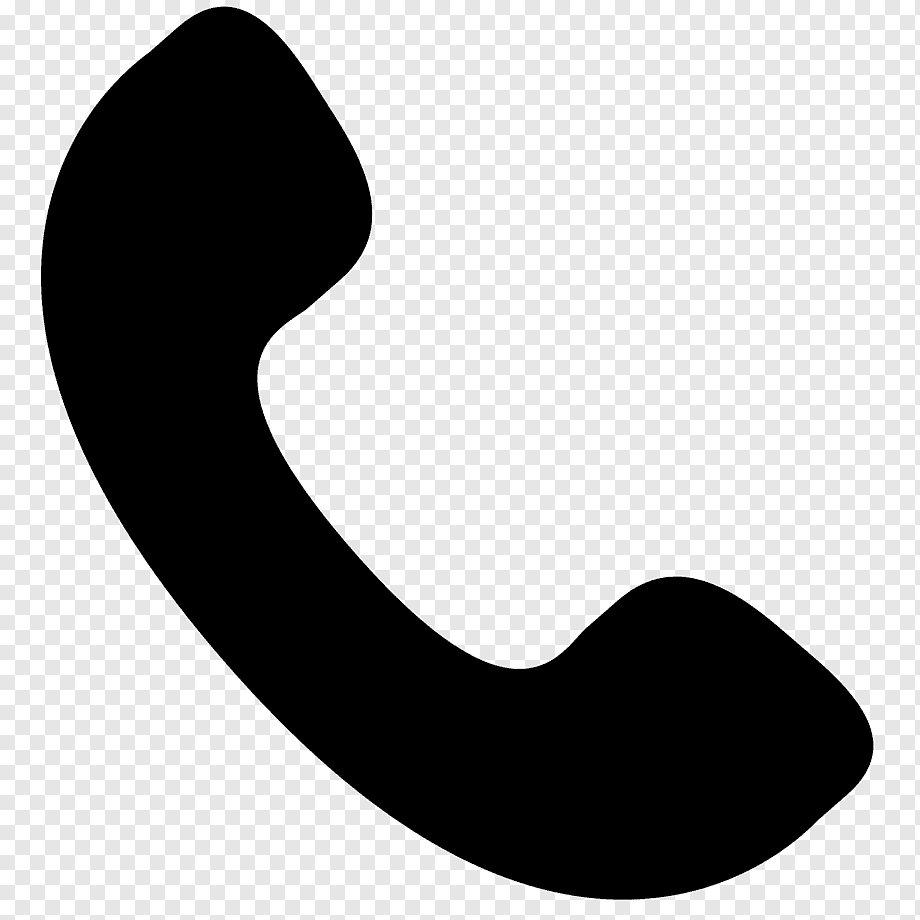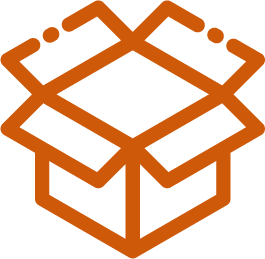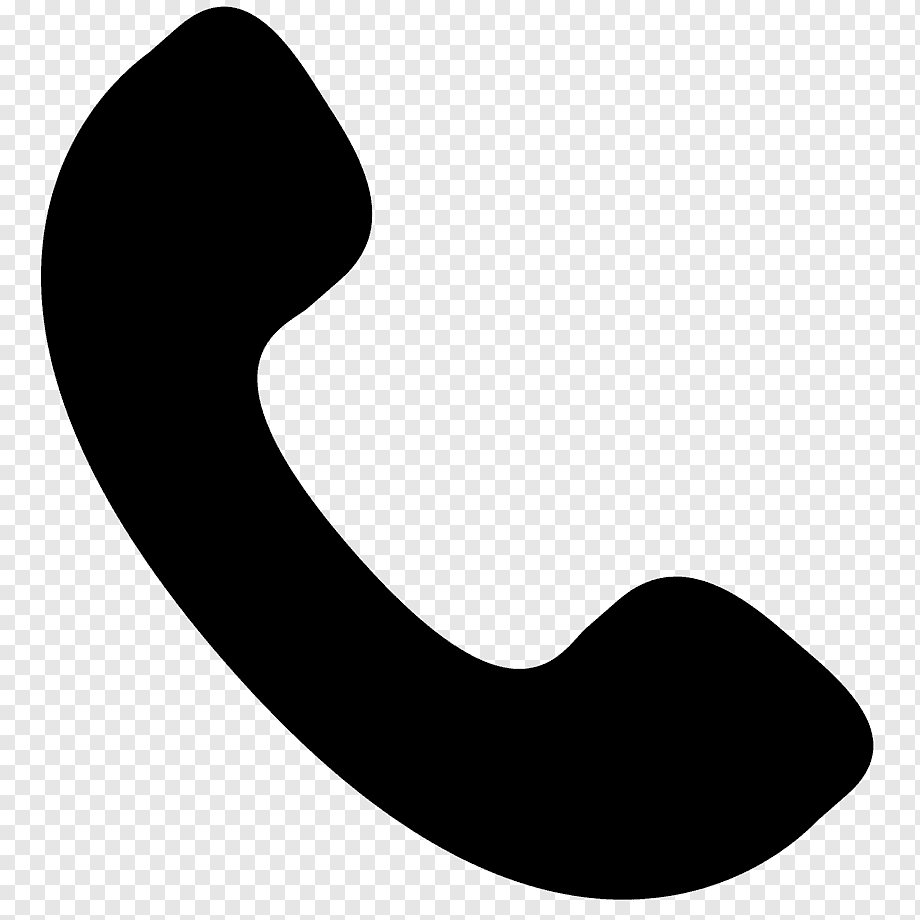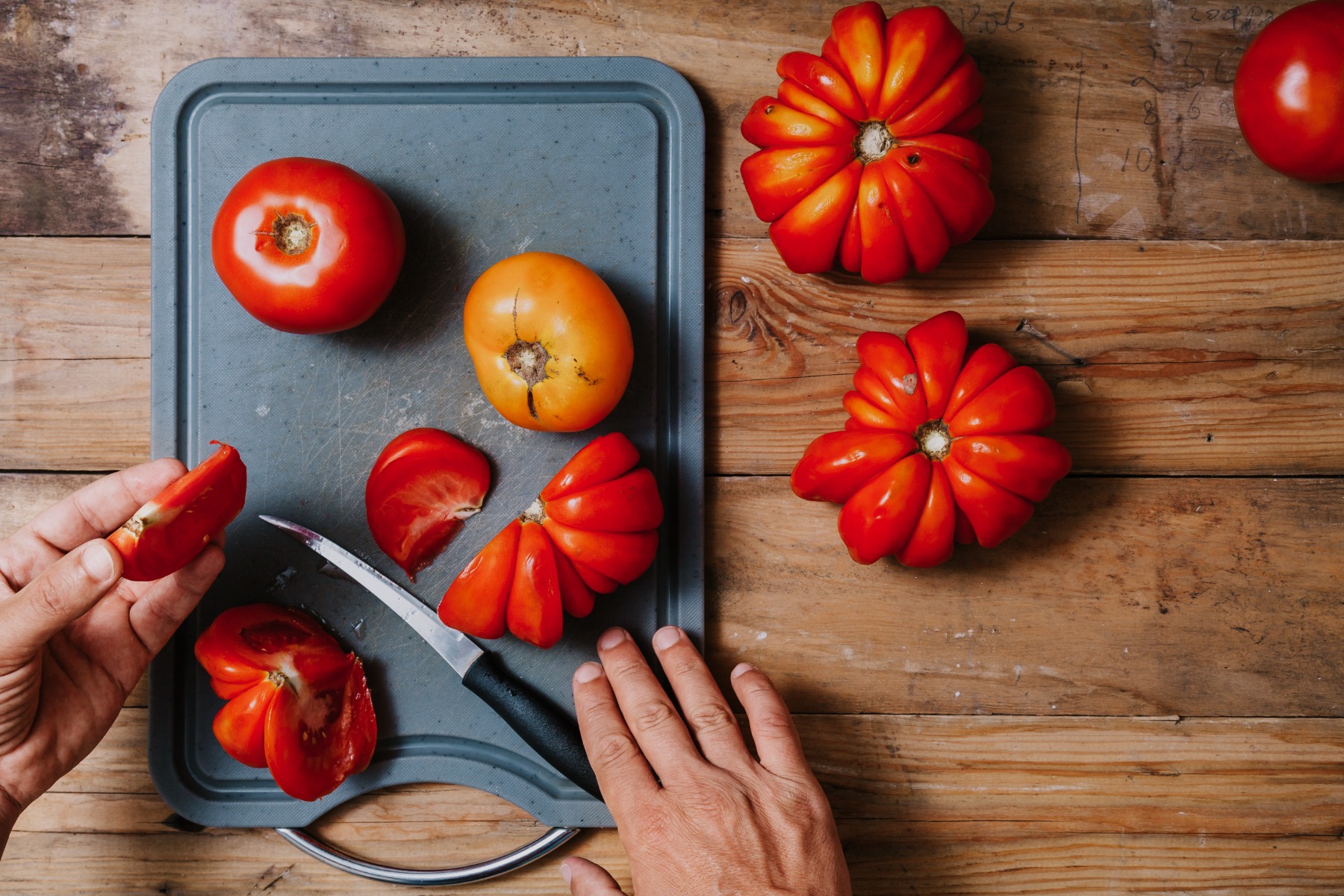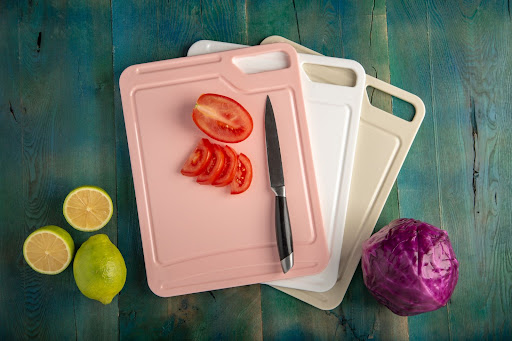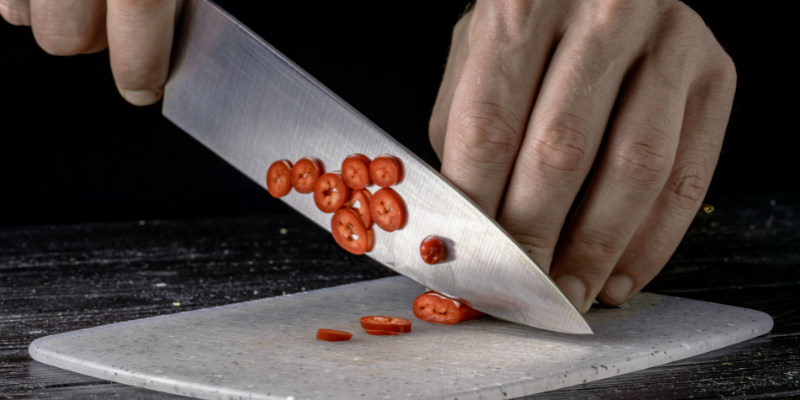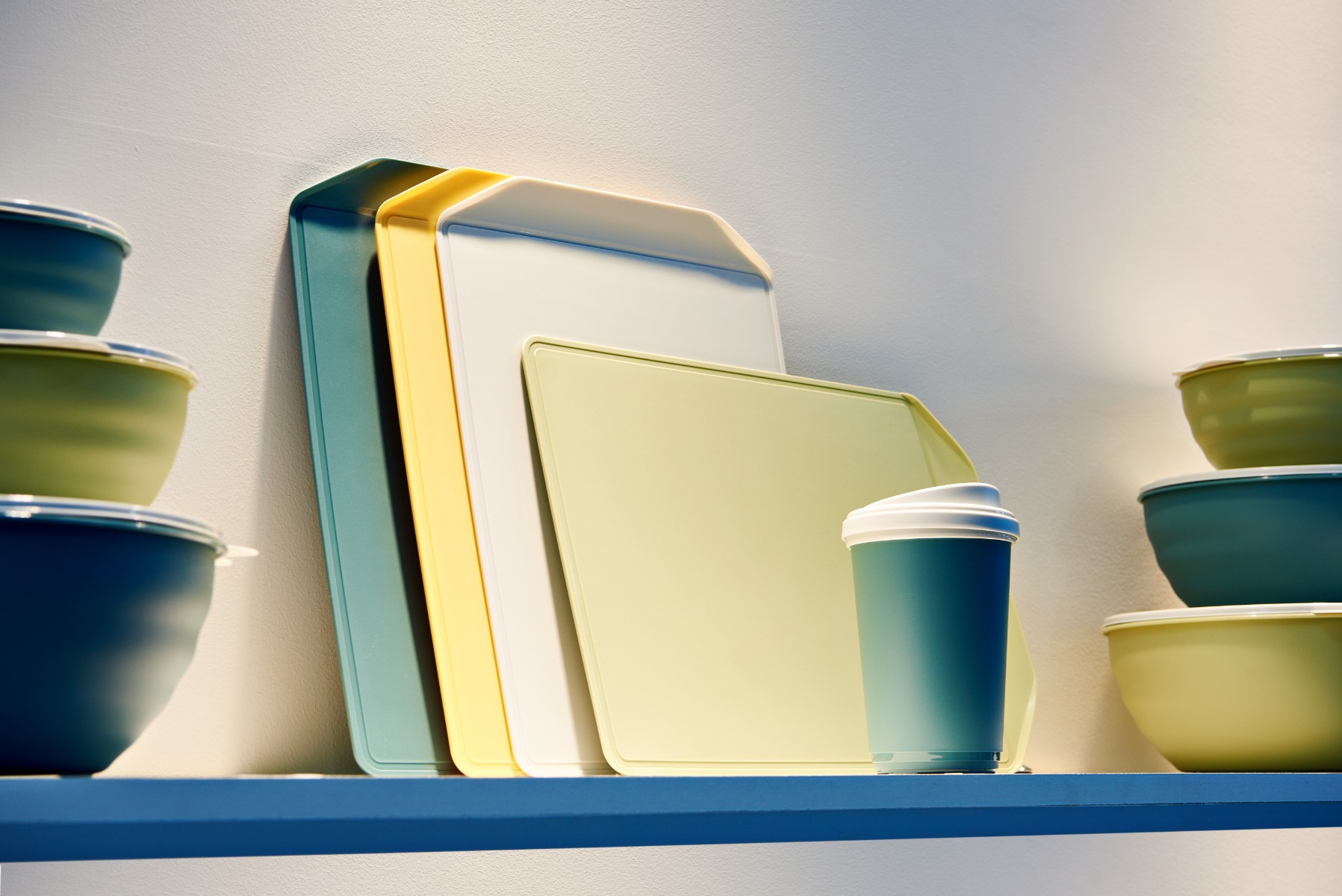
Why Is It Important to Store Your Plastic Chopping Boards Correctly?
How you store your plastic chopping boards is heavily overlooked in comparison to other kitchen tools. Afterall, these are used more than baking equipment, for example. If your porcelain plates have their own proper home, why can’t your cutting boards too?
Continue reading for our expert advice on why it’s important to properly store your plastic cutting boards and how it can extend their life.
Why Is It Important to Store Plastic Cutting Boards Correctly?
To reduce the risk of cross-contamination, you should store your boards correctly. Have you ever looked in your cupboards and found crumbs from improperly washing and storing your cutting boards? You may have unwanted bacteria inhabiting your plastic chopping boards if this is the case.
Should Wooden and Plastic Chopping Boards Be Stored Together?
No, you should store wooden and plastic chopping boards separately. Because they are made from two different materials, there is a greater risk of cross-contamination even when clean.
Plastic cutting boards are easier to clean than wooden boards because they are less likely to break and trap bacteria. The leftover bacteria from odours or foods jump from one place to another, leaving your boards dirtier than before.
Wooden boards are often used for non-meat products and are porous, so they expand and crack when exposed to water. Whereas, plastic chopping boards are commonly used for meat and fish, and are non-porous and dishwasher safe.
What Way Should Plastic Cutting Boards Be Flipped?
There is absolutely a proper way to flip your cutting board that not many people know about or may have seen, but don’t understand why. We’ll let you in on a little-known secret…
Vertically storing your plastic cutting boards will prevent moisture and dust from getting trapped, which causes unwanted bacteria growth. So many chopping board organisers store them horizontally or flat instead of upright, so watch out for this when storing your boards.
How Should I Store Coloured Chopping Boards?
Coloured chopping boards reduce the risk of cross-contamination, so you should place them separately when in use. However, you can place them together once they are clean as there are no allergens left on the board. While it is impossible to remove all the bacteria, it poses much less of a risk than if they were in use.
How Can I Recycle My Plastic Chopping Boards?
Plastic cutting boards are made from two types of materials: PE (polyethylene), made from injection-moulded plastic (liquified by heat), and HDPE (high-density polyethylene plastic), made from an extrusion line (melted and then formed).
HDPE is a thin plastic and easily recyclable, but it’s best to ask your local council if you can put it in your recycling bin or if you need to take it to a recycling centre. However, you can also reuse it as a tray, crafting board, or turn it into a DIY project. The last result is throwing it out, but try donating your plastic chopping board if it’s in decent condition.
 You’ve heard it straight from the experts and now it’s time to start implementing these changes in your own home or workplace. Reduce bacteria by vertically storing your plastic cutting boards and keep them separate from wooden ones, and always try to reuse or recycle them before binning them.
You’ve heard it straight from the experts and now it’s time to start implementing these changes in your own home or workplace. Reduce bacteria by vertically storing your plastic cutting boards and keep them separate from wooden ones, and always try to reuse or recycle them before binning them.
At Plastic Chopping Boards, we create bespoke cutting boards for all your needs. For a no-obligation quote, fill in our quick form with your requirements, including the size, shape, and colour of your dream plastic chopping board. If you’re not sure what you need, view our stock, from allergen to butcher boards, or contact our friendly team today for advice.
